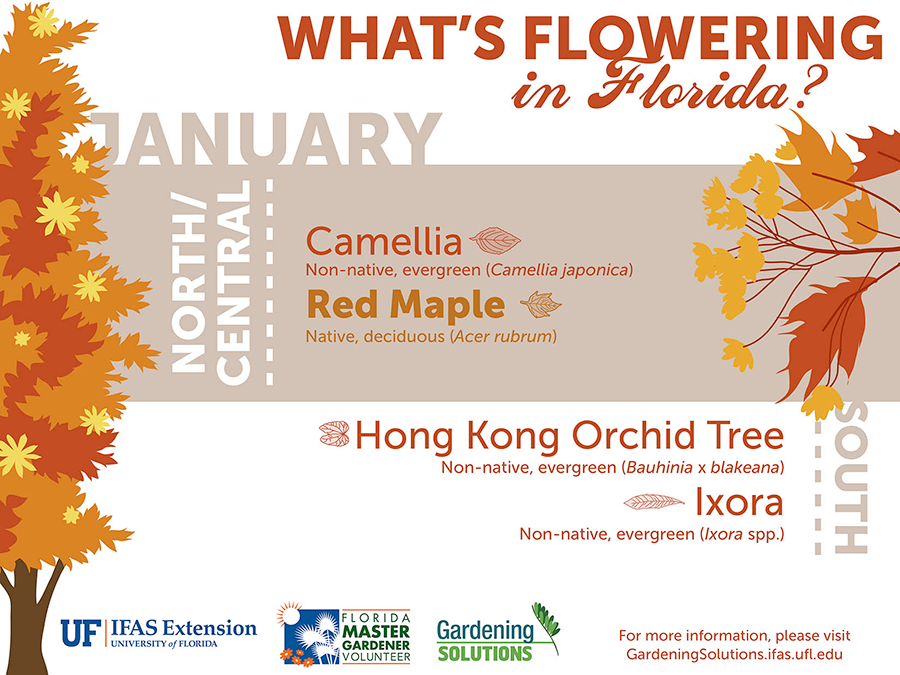Identifying The Requirement For Tree Elimination: An Overview For Homeowners
Identifying The Requirement For Tree Elimination: An Overview For Homeowners
Blog Article
Web Content By-Rollins Conway
Trees add appeal and worth to home, yet they can also pose a danger during severe weather condition occasions. If a tree has actually stopped growing, is showing noticeable fungal growth, or has a leaning trunk, it must be removed by a professional to avoid home damage and injury.
To find out more, attend a home owner source reasonable co-hosted by HPD, the Center for NYC Neighborhoods, and Brooklyn-based real estate partners this night in Bedford-Stuyvesant. The event will certainly feature the Home owner Manual, a new guide to assist house owners browse the duties of having a home.
1. Dead or Perishing Branches
Trees are an integral part of your home's landscape, supplying shade and appeal. They additionally offer shelter for wildlife and produce oxygen, but also healthy and balanced trees can experience health problems that may require their removal. Dead or passing away trees aren't just unpleasant, they can be harmful. https://felixfator.newbigblog.com/35301114/diy-vs-professional-tree-removal-making-the-right-selection could drop throughout a storm, leading to expensive residential property damage and injuries.
When a tree's branches begin to die, it implies that its structure is beginning to break down. If most of its branches are dead, it is likely time to remove it.
Look for a lack of brand-new growth, bark peeling, open wounds or cavities, fungi growing on the trunk or roots and a basic appearance of decay in the entire canopy. These indications of infection can show a serious problem that will certainly call for expert tree services to resolve.
2. Leaning Trunk
While it's normal for trees to lean periodically due to phototropism, if a tree has an unsafe or serious lean that's not because of natural processes - it could be a sign that the tree needs to be gotten rid of. If the tree is leaning toward a high-voltage line, home, car, play structure or any other area that could be unsafe to individuals if it falls, after that calling a professional tree solution for elimination ought to be a top priority.
It's also crucial to look for any sudden changes in a tree's leaning as it can indicate damages to the origins or trunk that may result in falling. This is especially real throughout stormy weather, considering that high winds and rain-soaked soil can trigger a lean to change promptly. Routine tracking, specifically during and after storms can aid home owners acknowledge prospective problems with their trees so they can call an arborist for a thorough analysis.
3. Parasite Infestation
Some pest problems, such as wood-boring pests like emerald ash borer or sap-suckers like range pests, are so severe that they can trigger a tree to die. The best way to stop pest invasion is to monitor your trees on a regular basis. green maintenance services , holes, or discolorations in the leaves and bark. Take a look at the trunk for fractures and indications of insect damages, such as tunnels or tracks.
If a tree becomes too ravaged with parasites, or is close to a home or high-voltage line, an arborist may recommend removal. If a leaning tree establishes a new, unpredictable lean, an arborist will likely suggest elimination too to guarantee the security of people and building. If professional arborist damaged or dead tree constantly drops excessive branches, it is an indicator that it is time to remove the tree. If visit the up coming webpage continues to drop branches for an extensive period of time, it could lead to structural issues and prospective home damages.
4. Damaged Trunk
Trees are a stunning and important part of our landscape, yet they do need routine care to keep them healthy and balanced and secure. If a tree is damaged irreparable it is most likely time for it to come down.
Look for signs of damage to the trunk, consisting of upright fractures, seams, dead branch stubs, visible wounds or open tooth cavities and severe tree-rot. The existence of fungi at the base of the trunk is one more warning indicator. Fungis might suggest that the phloem and xylem (life-support tissues) are jeopardized, enabling the spread of condition or a future failure.
Also, think about whether the tree has quit growing. Healthy trees will certainly have new growth yearly, which might be visible as buds or branches sprouting and prolonging. If you do not see any type of new development, it's an excellent concept to have an arborist review the tree and follow their referral for elimination. A dying or harmed tree can drop and create building damages.